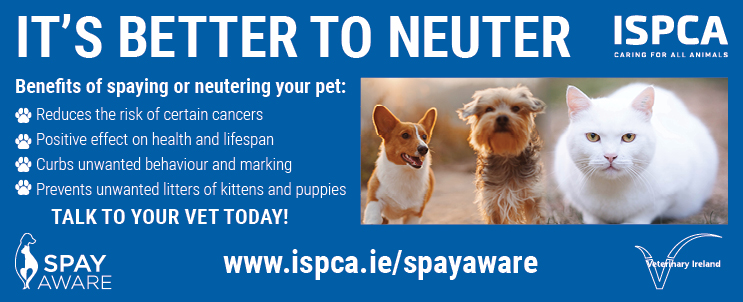FERAL CATS
Feral Cats
Colonies of unowned feral cats are common all over Ireland. They start out as unwanted kittens that are abandoned by their owners; as they grow up without human contact, they turn wild, or “feral”.
There are positive aspects to feral cat colonies. They control local populations of rats and mice, and contrary to the common belief, they rarely carry any diseases that affect humans. Unfortunately, the population of feral cat colonies typically doubles in size every two years. Soon, there isn’t enough food to go around, and the cats become starved and underweight. They begin to make a nuisance of themselves in their search for food, raiding bins and sometimes harassing pet cats.

Lily the cat was once feral but is now a household pet.
In the past, pest control companies have been called in, trapping the cats and having them euthanased, an approach which is only a short term fix. If you remove all of the cats from an area, a niche is left vacant. Within a few months, other feral cats from neighbouring areas move into this niche, and a new cat colony takes the place of the old one.
The modern, effective way to tackle cat colonies is known as Trap/Neuter/Release (TNR). Humane cat traps are used to catch every feral cat in the area, and they are taken to the local vet. Any cats that are sick are painlessly euthanased. The remaining, healthy cats are neutered and marked so that they can be identified (usually by nicking the tip off the left ear). They are vaccinated, given anti-parasite treatment, and released back into their home area.
TNR schemes result in static, stable colonies of cats that keep other feral cats out of the area. The cat population does not expand, because they have all been neutered. Local volunteers ensure that there is enough food left out for this smaller number of cats.
To read about a real-life feral cat situation that was successfully controlled using TNR, see here.




Connect with us: